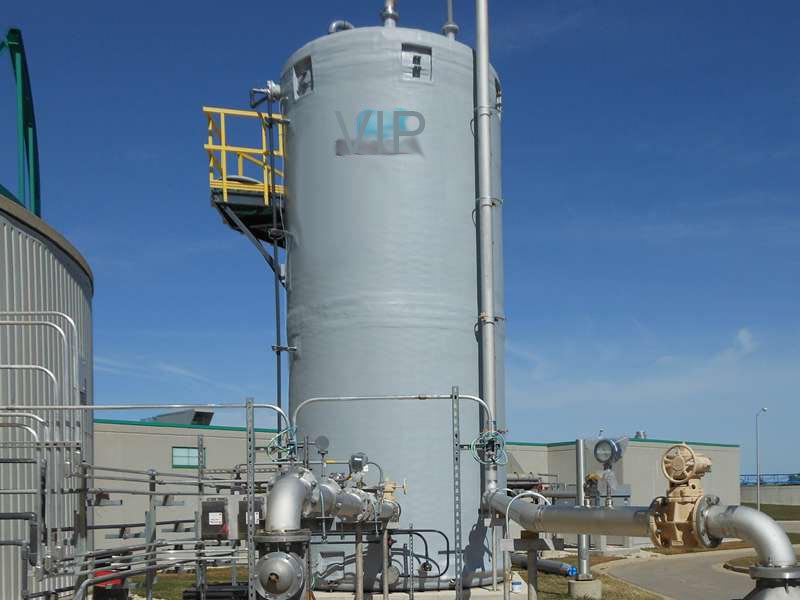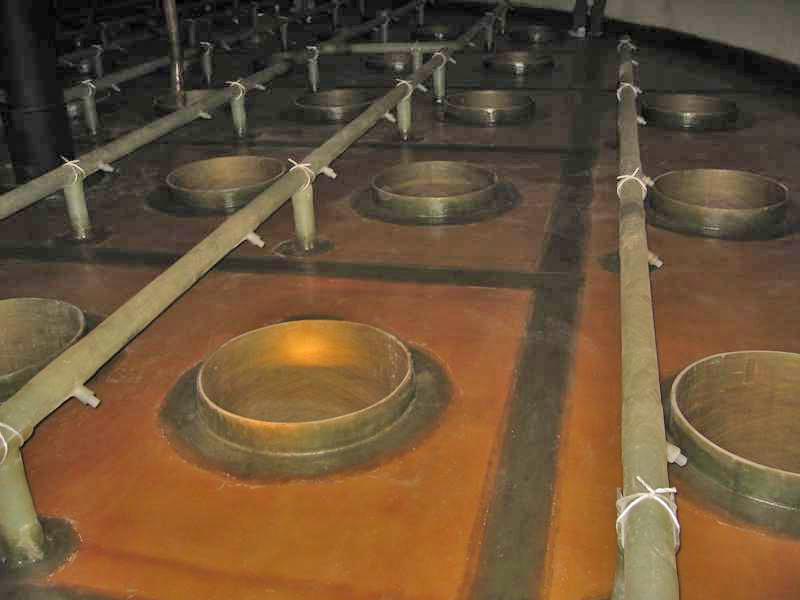Industrial Scrubbers – High Efficiency, Low Operating Cost
FRP Gas Cleaning Towers in 2025: What Buyers Are Really Asking
If you’re shortlisting Scrubbers this quarter, you’re not alone. Regulations are tightening, maintenance budgets aren’t exactly blooming, and corrosion doesn’t take weekends off. To be honest, the conversation I hear most is: “Can we get high capture efficiency without babysitting the unit every week?” With fiberglass-reinforced plastic (FRP) designs—especially dual-laminates—the answer is increasingly yes.
Jrain’s line covers process towers, absorbers, separators, Venturi units, and tail-gas systems—size is fully customized. Origin-wise, they’re based at No. 1289, Yingbin South Street, Jizhou District, Hengshui, Hebei, China. I visited a similar FRP shop last year; the filament winding rigs were humming, and the quality checks were surprisingly hands-on.

How the process typically flows
Scrubbers setups are usually: inlet duct → pre-cool/quench (if needed) → Venturi for fine PM → packed absorber for acid gases → high-efficiency mist eliminator → recirculation tank and dosing (NaOH, Na2CO3, others) → blowdown and neutralization → stack. Materials: FRP or dual-laminate (e.g., FRP + PP/PE/VE liner). Methods: filament winding shells, hand lay-up internals, CNC-cut packing supports. Testing: hydrostatic per ASME RTP-1; laminate QA per ASTM D3299; chemical resistance guided by ASTM C581. Typical service life: ≈10–20 years depending on chemistry and temperature.
Product specs (representative)
| Model | Material | Diameter | Height | Flow Rate | ΔP | Efficiency | Temp | Service Life |
|---|---|---|---|---|---|---|---|---|
| JRS-Packed | FRP / Dual-laminate | 800–4000 mm | 4–20 m | 5,000–180,000 m³/h | 300–900 Pa | HCl/SO2 ≥95–99% (real-world may vary) | -10 to 90°C | ≈12–18 yrs |
| JRS-Venturi | FRP | 600–3000 mm | 2–10 m | 3,000–120,000 m³/h | 800–1800 Pa | PM2.5 removal up to 95–99% [1] | -10 to 70°C | ≈10–15 yrs |
Note: values are indicative; validate with onsite data and stack testing.

Vendor comparison (quick take)
| Vendor | Core Material | Corrosion Resistance | Efficiency (typ.) | Compliance | Lead Time | Customization | Cost |
|---|---|---|---|---|---|---|---|
| Jrain (Hebei) | FRP / Dual-laminate | High for acids/halides | 95–99% (gas/PM) | EPA/EN aligned | ≈4–10 weeks | High (size/liners) | $$ |
| Metal Works Co. | SS316L/Alloys | Good; watch chlorides | 95–99% | ASME/CE | 8–16 weeks | Medium | $$$ |
| PolyFab Ltd. | PP/HDPE | Moderate; lower temp | 90–97% | Local codes | 3–8 weeks | High | $–$$ |
Real-world efficiency and lead time depend on chemistry, packing, pumps, and logistics.
Where they shine
Scrubbers are a good fit for acid gas control (HCl, SO2, HF), plating fumes, fertilizer plants, pickling lines, battery recycling, wastewater odor control, and even semiconductor acid exhaust (with the right materials). Many customers say OPEX drops when scaling control and demister wash cycles are tuned—small tweaks, big payback.

Customization and QA
Options include dual-laminate liners (PP, PVC, PVDF), random or structured packing, droplet eliminators (chevron/mesh), and smart dosing. QA usually follows ASME RTP-1 visual/laminate inspection, ASTM D3299 for filament-wound shells, and performance checks using EPA Methods 5/26A or EN ISO equivalents during commissioning.
Field notes (short cases)
- Electroplating, ASEAN: dual-laminate tower cut HCl to
- Fertilizer, India: Venturi + packed combo drove PM to 8–12 mg/Nm³, SO2 removal ~97% at 0.8–1.0 kPa ΔP.
- WTE flue-polish, EU: retrofitted FRP absorber stabilized pH drift; visible plume episodes dropped to near-zero.
Feedback? “It seems that the corrosion headache is finally off our plate,” as one maintenance lead put it—informal but telling.
Standards, certifications, and tests
Scrubbers are commonly built under ISO 9001 QMS. Relevant benchmarks: ASME RTP-1 for FRP vessels, ASTM C581 for chemical resistance, ASTM D3299 for filament winding. Stack verification typically references EPA Methods 5/26A/202 or ISO 9096, with data logged to meet IED BAT conclusions in the EU.
References
- U.S. EPA Air Pollution Control Technology Fact Sheets (Venturi, Packed Bed)
- ASME RTP-1: Reinforced Thermoset Plastic Corrosion-Resistant Equipment
- ASTM D3299: Filament-Wound FRP Tanks
- ASTM C581: Chemical Resistance of FRP
- EPA Method 5/26A/202: PM and Acid Gas Measurement
- EU IED BAT Reference (BREF) for Waste Gas Treatment
Latest news
-
Rectangular Tank Made of Fiberglass Material – Durable, Cost-Effective Liquid Storage SolutionsNewsNov.24,2025
-
Hollow Drill Rods for Efficient Drilling Operations in the Field | Durable, Lightweight & CustomNewsNov.23,2025
-
Powerful yt27 Rock Drill for Tough Mining Surfaces | Durable & PortableNewsNov.23,2025
-
Why the Reversible Drill Bit Is a Versatile Tool for All Your Drilling NeedsNewsNov.22,2025
-
Fiberglass Food Grade Equipment: Key Features, Benefits & Global ImpactNewsNov.22,2025
-
How a Drilling Rod Spirals Down Into the Earth: Tech, Trends & Global ImpactNewsNov.21,2025










